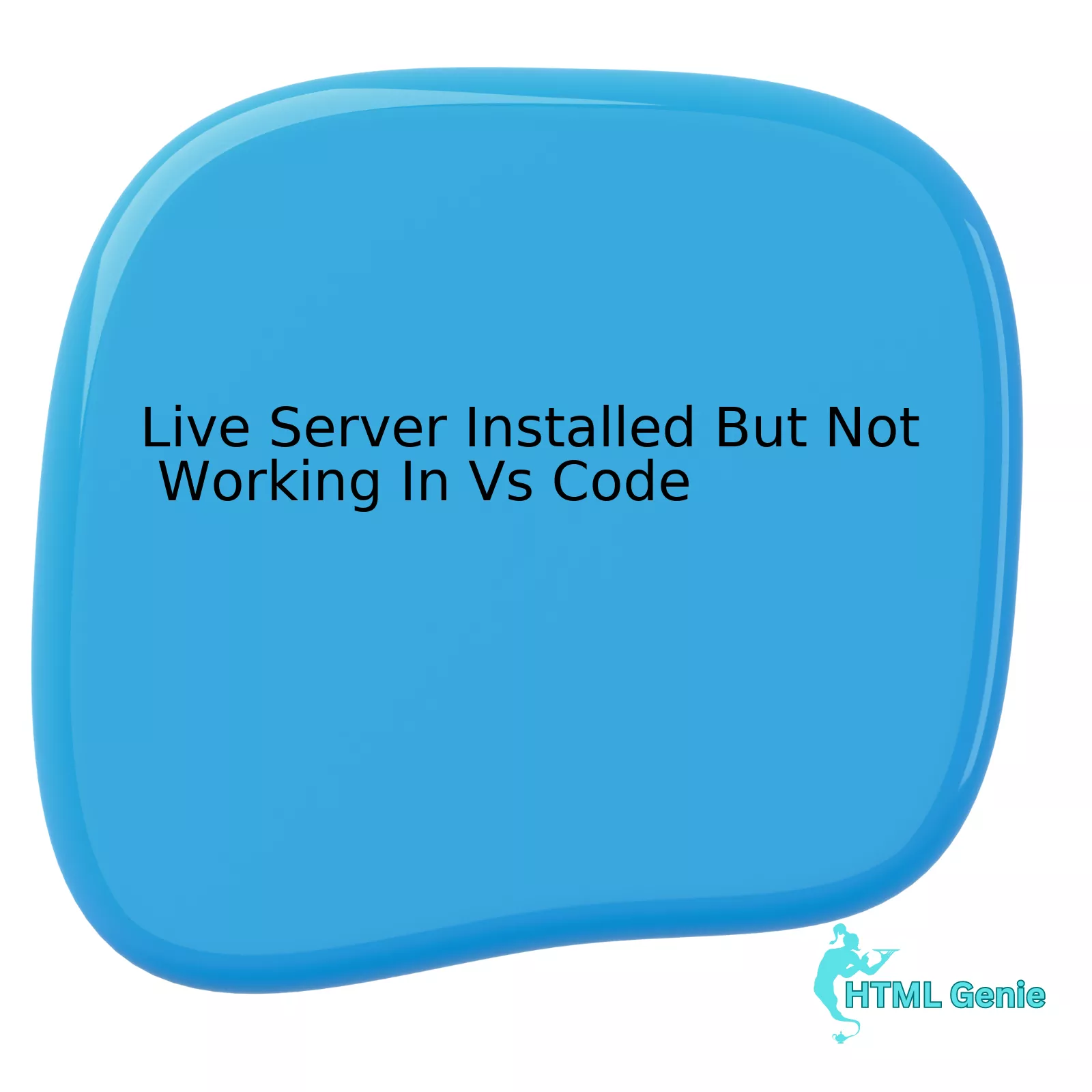In the world of frontend development, it’s easy to get lost in the constant hum of frameworks, libraries, build tools, and methodologies. This ever-present “radio” promises faster development, easier solutions, and access to the latest trends. But sometimes, the most profound progress is made in the quiet—by turning off the noise and focusing on the fundamental principles that underpin the entire web. Sleeping without the radio, in this context, means rediscovering the power and elegance of core technologies. It’s about building resilient, accessible, and performant websites with a deep understanding of HTML and CSS, using tools as intentional choices rather than default dependencies.
This guide is a comprehensive journey back to the basics, but with a modern perspective. We will explore how mastering semantic HTML and leveraging the incredible power of modern CSS can lead to cleaner code, better user experiences, and a more profound sense of craftsmanship. We’ll deconstruct the “noise,” understand when it’s helpful and when it’s a hindrance, and learn how to build sophisticated web layouts and interfaces from the ground up. This is not about rejecting tools but about gaining the freedom to choose them wisely, or not at all. By the end, you’ll be equipped to create exceptional digital experiences, grounded in the enduring principles of the web, and enjoy the peaceful confidence that comes from true mastery of your craft.
The Constant Noise: Identifying the “Radio” in Modern Web Development
Before we can appreciate the quiet, we must first identify the sources of the noise. In frontend development, this “radio” is a complex mix of tools and abstractions that, while often beneficial, can also obscure the foundational technologies of the web. Understanding their role is the first step toward making more intentional architectural decisions.
The Allure and Overload of CSS Frameworks
Frameworks like Bootstrap, Tailwind CSS, and Foundation are often the loudest channels on the radio. They offer pre-built components, responsive grid systems, and utility classes that can dramatically speed up prototyping and development. For large teams working on complex applications, a robust CSS framework can enforce consistency and provide a common language.
However, this convenience comes at a cost. Over-reliance can lead to:
- Bloated Code: Including an entire framework for a few components can add significant weight to your CSS files, impacting performance.
- “Div-itis” and Semantic Decay: Utility-first frameworks like Tailwind, while powerful, can encourage a style of writing HTML that is dense with non-semantic classes (e.g.,
<div class="p-4 bg-blue-500 rounded-lg shadow-md">). This can make the underlying HTML structure harder to read and less accessible. - A Disconnect from CSS: When developers only interact with framework classes, they can lose touch with the underlying CSS properties and principles. This makes it difficult to debug issues or create custom designs that fall outside the framework’s conventions.
The Complexity of Preprocessors and Build Tools
Another layer of noise comes from our tooling. CSS preprocessors like SASS and LESS introduced features like variables, nesting, and mixins long before they were available in native CSS. They became indispensable. Similarly, build tools like Webpack and Vite manage complex pipelines of transpilation, bundling, and optimization. These tools are essential for modern application development.
The issue arises when this complexity becomes a barrier. For a simple portfolio site or a set of landing pages, a multi-megabyte node_modules directory and a complex build configuration might be overkill. Modern CSS has adopted many of the most-loved features from preprocessors, such as CSS Variables (Custom Properties) and upcoming native nesting, reducing the need for these abstractions on simpler projects.
The goal is not to eliminate tools, but to ensure the complexity of our stack is proportional to the complexity of the problem we are solving. Sometimes, a simple link to a CSS file is all you need.
Finding Silence: Mastering the Fundamentals of Semantic HTML
The quietest, most stable foundation you can build upon is well-structured, semantic HTML. It is the universal language of the web, understood by browsers, search engines, and assistive technologies alike. Focusing on a strong HTML structure is the most critical step toward creating accessible, maintainable, and high-performing websites.
The Power of Semantic HTML Elements

Before CSS gave us robust tools for page layout, developers often resorted to using <table> tags for structure. Later, the <div> became the default building block for everything. HTML5 features introduced a rich vocabulary of HTML elements that describe the *meaning* of content, not just its appearance. Using these HTML tags correctly is paramount for web accessibility and SEO.
A non-semantic structure might look like this:
<div id="header">
<div id="nav">...</div>
</div>
<div id="main-content">
<div class="post">
<div class="post-title">My Article</div>
<div class="post-body">...</div>
</div>
</div>
<div id="footer">...</div>A semantic HTML equivalent is cleaner, more descriptive, and instantly understandable by machines:
<header>
<nav>...</nav>
</header>
<main>
<article>
<h1>My Article</h1>
<p>...</p>
</article>
</main>
<footer>...</footer>This approach adheres to W3C standards and provides hooks for both CSS styling and assistive technologies, such as screen readers, which use these tags to help users navigate the page. This is a cornerstone of modern web design and frontend web development.
Building Accessible HTML Forms and Data Tables
Two areas where semantic HTML is crucial are forms and tables.
- HTML Forms: Always associate a
<label>with its form control using theforattribute. This simple step is vital for accessibility, allowing users to click the label to focus the input and enabling screen readers to announce the purpose of each field. Use appropriate input types (type="email",type="date") to trigger native UI controls and validation. - HTML Tables: Tables should be used for tabular data, not for layout. Use
<thead>,<tbody>, and<th>(withscope="col"orscope="row"attributes) to define the structure of your data. This provides essential context for users of assistive technologies.
Composing the Quiet: Advanced and Modern CSS Techniques
With a solid HTML foundation, you can create stunning and complex layouts using the powerful features now native to CSS. Modern CSS has evolved dramatically, providing us with the tools to build intricate, responsive, and dynamic interfaces without writing a single line of SASS or relying on a framework’s grid system.
The Layout Revolution: CSS Flexbox and CSS Grid
For years, creating a robust web layout in CSS was a challenge, relying on floats, clears, and other hacks. Today, we have two dedicated layout modules that have revolutionized CSS styling.
CSS Flexbox
CSS Flexbox is a one-dimensional layout model perfect for distributing space along a single axis (either a row or a column). It’s ideal for component-level layouts like navigation bars, card components, and aligning items within a container.
Example: A simple navigation bar
<!-- HTML -->
<nav class="main-nav">
<a href="#">Home</a>
<a href="#">About</a>
<a href="#">Contact</a>
</nav>
<!-- CSS -->
.main-nav {
display: flex;
justify-content: space-between; /* Distributes space between items */
align-items: center; /* Vertically centers items */
padding: 1rem;
background-color: #333;
}CSS Grid
CSS Grid is a two-dimensional layout model, allowing you to control the alignment of items in both rows and columns simultaneously. It is the perfect tool for overall page layout, creating complex grids for galleries, dashboards, and articles. This makes a Grid Layout far more powerful than older, table-based or float-based systems.

Example: A responsive card grid
<!-- HTML -->
<div class="card-container">
<div class="card">...</div>
<div class="card">...</div>
<div class="card">...</div>
</div>
<!-- CSS -->
.card-container {
display: grid;
grid-template-columns: repeat(auto-fit, minmax(250px, 1fr)); /* Creates responsive columns */
gap: 1rem; /* Adds space between grid items */
}Dynamic Styling with CSS Variables
One of the most powerful CSS3 features is Custom Properties, commonly known as CSS Variables. They allow you to store values in one place and reuse them throughout your stylesheet, making themes and dynamic style changes incredibly simple without a preprocessor.
Example: A simple light/dark mode theme
:root {
--bg-color: #ffffff;
--text-color: #333333;
}
[data-theme="dark"] {
--bg-color: #333333;
--text-color: #ffffff;
}
body {
background-color: var(--bg-color);
color: var(--text-color);
transition: background-color 0.3s ease, color 0.3s ease;
}With a tiny bit of JavaScript, you can toggle the data-theme attribute on the body to instantly switch between themes. This is one of many CSS tricks that modern browsers enable.
Living Without the Radio: Best Practices for a Framework-Lite Approach
Adopting a “framework-lite” or “framework-less” approach doesn’t mean rejecting tools entirely. It means being intentional. This mindset, central to good UI design and UX design, prioritizes performance, accessibility, and maintainability.
Adopt a Mobile-First Design Strategy

A Mobile-First Design approach is a cornerstone of modern responsive design. Start by writing the base CSS for the smallest screen size. Then, use min-width media queries to add styles and complexity as the screen gets larger. This ensures that mobile users download only the CSS they need, leading to faster load times and a better user experience.
Prioritize Web Accessibility from the Start
Web accessibility is not an optional feature; it’s a fundamental requirement of ethical and professional web development. Building with semantic HTML is the first and most important step. Additionally, ensure sufficient color contrast, provide text alternatives for images, and use ARIA labels to add context to non-semantic elements (like custom JavaScript widgets) when necessary. Following web standards like the Web Content Accessibility Guidelines (WCAG) ensures your creations are usable by everyone.
Know When a Framework Still Makes Sense
Sleeping without the radio is a choice, not a dogma. There are many scenarios where a CSS framework is the right tool for the job:
- Large-Scale Applications: When working with a large team on a complex product, a framework provides a design system and a set of conventions that keep everyone aligned.
- Rapid Prototyping: If you need to build a functional prototype quickly to test an idea, frameworks like Bootstrap or Tailwind CSS are invaluable.
- Projects with Limited Budgets: When custom design isn’t a priority, a framework can provide a professional-looking result with minimal effort.
Conclusion: The Peaceful Sleep of a Master Builder
Learning to “sleep without the radio” is about reclaiming control and deepening your craft as a frontend developer. It’s a return to the core principles of the web, where a solid understanding of HTML elements and CSS properties gives you the power to build anything you can imagine. By focusing on semantic HTML for structure and meaning, and leveraging the immense power of modern CSS for layout and design—including CSS Flexbox, CSS Grid, and CSS Variables—you can create websites that are lean, fast, accessible, and a joy to maintain.
This approach doesn’t mean abandoning all tools forever. Instead, it transforms them from a crutch into a deliberate choice. You’ll know when a framework will genuinely accelerate your work and when it will just add unnecessary noise. By embracing the quiet, you become a more versatile, thoughtful, and capable developer, able to build for the long-term, secure in the knowledge that your work rests on the timeless, stable foundation of web standards.





